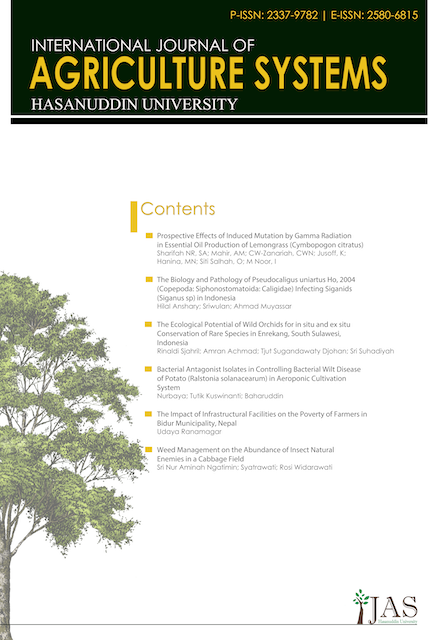Abstract
Oil palm (Elaeis guineensis) is one of the commodity crops and mostly found in tropical lands. This study aimed to analyze the current and potential land suitability for oil palm using the geographic information system (GIS) technique. The study was conducted in the Ranau area, State of Sabah, Malaysia. Field activity was carried out to collect soil samples and land information in the study area. Land suitability was then assessed using the matching method and GIS software was employed to produce a land suitability map for oil palm. The results indicated that the current land suitability classes in the study area were highly suitable (S1) with a total area of 99,118 ha (27.4%), moderately suitable (S2) with 110,108 ha (30.4%), marginally suitable (S3) with 109,533 ha (30.2%), currently not suitable (N1) with 2,728 ha (0.7%), and permanently not suitable (N2) with 40,693 ha (11.3%). While the potential land suitability classes showed highly suitable (S1) was 198,206 ha (54.7%), moderately suitable class (S2) was 123,281 ha (34%) and permanently not suitable (N2) was 40,693 ha (11.3%). Suitable areas that could be planted with oil palm included the gently sloping flank and the low gradient slope margin. Availability of nutrients and work capability were the dominant limiting factors in the study area. The output of this study recommends that the Ranau area had the potential for oil palm although it still needs land improvements for sustainable oil palm cultivation.

